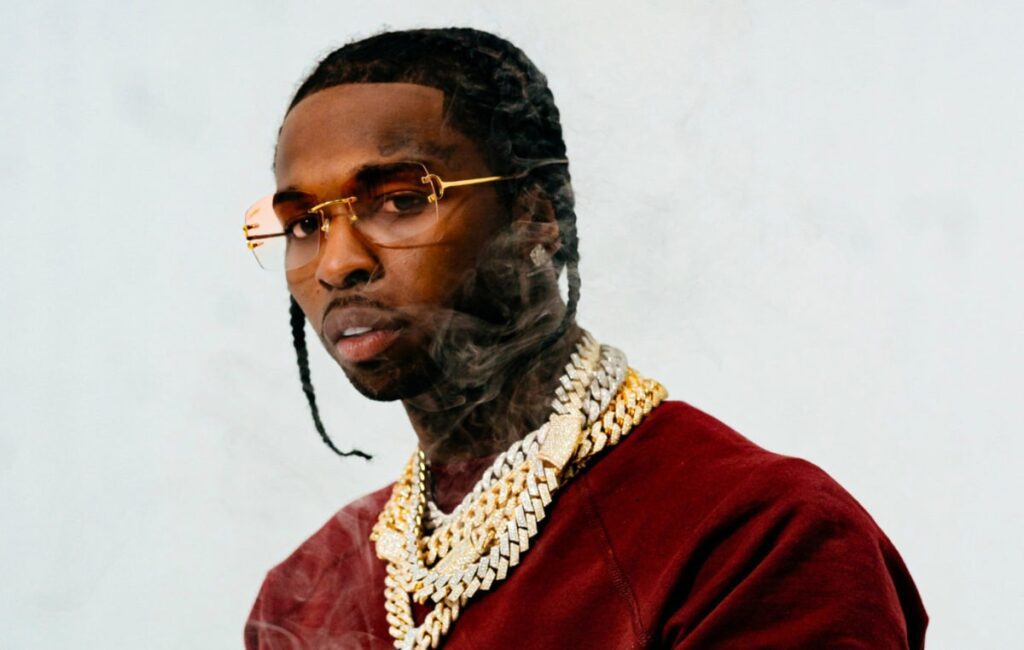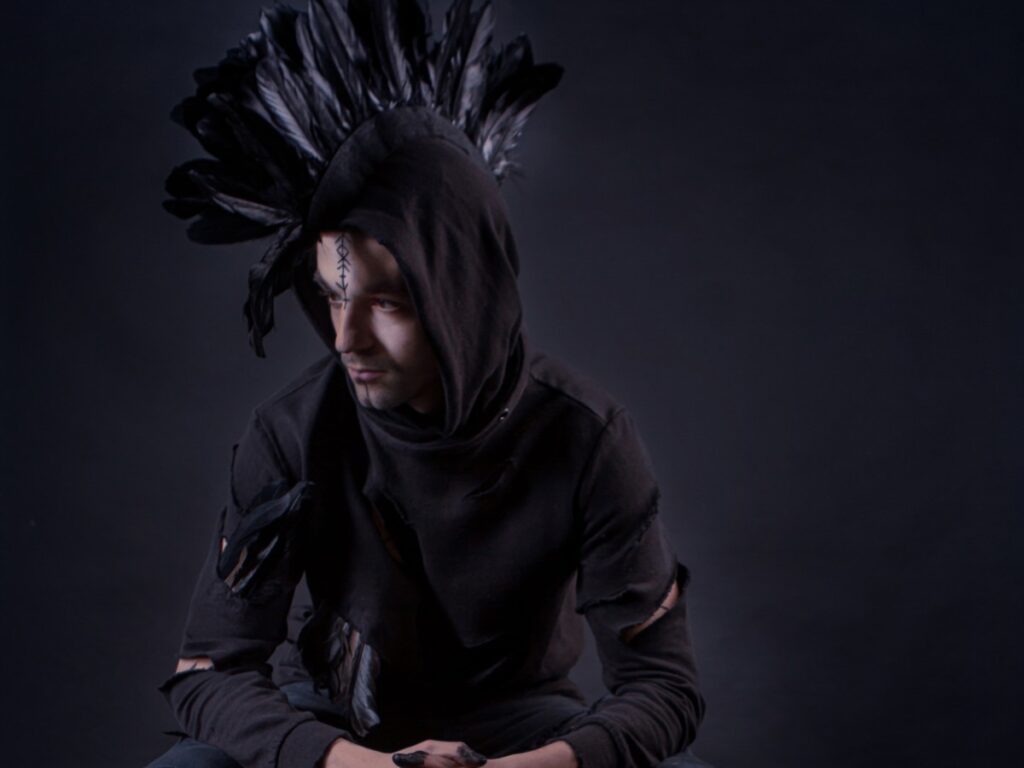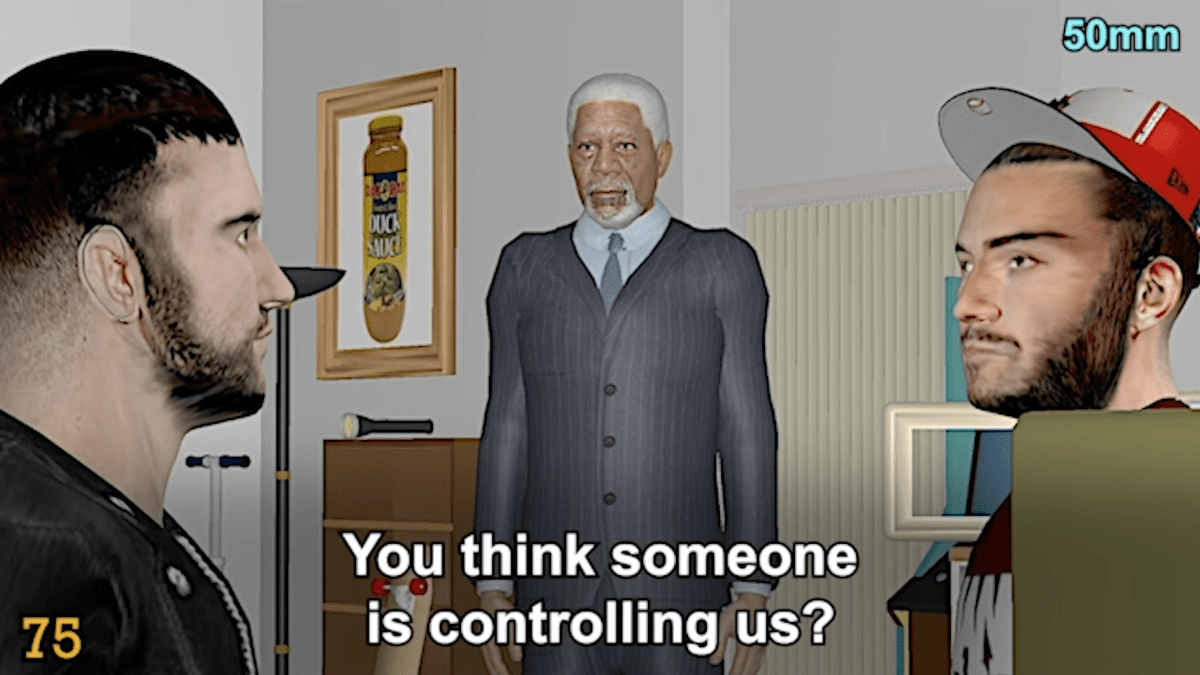10 years ago, Australian duo Yolanda Be Cool & DCUP took over the world with their hit “We No Speak Americano.” Quirky and infectious, the track became an unexpected viral hit, bubbling up from clubs to blogs into colleges and eventually radio around the world. It was the number one selling record on Beatport in 2010 and went number one in 30 countries, winning an ARIA award for Best Dance Record in the process. It was the best selling Australian release of the year as well.
Along with the swinging horns, pitched synths and rhythm, the song is built around a sample from the 1956 song “Tu Vuò Fà L'Americano" by Renato Carosone. That sample helped make this song stand out from the surge of dance records at the time looking to capitalize on the sugar rush of the EDM boom at the time. "We No Speak Americano" was different, lively and just fun. Out of leftfield, it took over to the point where even Pitbull decided to sample the track.
Sampling is an art unto itself that goes back decades in hip-hop and house music. Whether it is taking disco or soul records and chopping them up, or mixing in jungle beats, sampling has always been a part of great music. Finding good records to sample can be hard and using them in a song that makes sense is difficult. Samples that are used cheaply or unoriginally are just a waste of money, plus they can be difficult to clear.
To celebrate the 10 year anniversary of “We No Speak Americano,” Yolanda Be Cool & DCUP have released a special edit of the track, plus remixes by Chemical Surf, JAXX DA FISHWORKS, and SLLASH & DOPPE. You can pick up that remix bundle here.
However, we wanted to learn more about the sample and chatted with Yolanda Be Cool about their process of picking samples.
How They Choose Samples:
Honestly, we look everywhere. Some days we might try a random YouTube search and from there just go down the rabbit hole. Other times we might have a more definitive idea or we might have just heard something on some random radio or whilst in a cafe and pulled out Shazam. A look at our Google searches would definitely show how random we go with what we look for.
In regards to the next step, we normally just download the mp3 and throw it into Ableton, within 30 minutes we can usually work out if it is a sample that works as a concept and if it will actually sound good as a Yolanda tune. If we are still down, we will probably spend half a day on it, start producing it up and then go from there.
Once we get the song to a demo stage, we normally send it to our manager who has an amazing ear and is very good at telling us what he's vibing and what he's not. Once we have the tick of approval from both him and us we then start thinking about the clearance process, which is the not-fun part of the process. Essentially involves locating the publisher (to clear the publishing side) and the record label that originally released the original sample (to clear the recording side).
We then consider the option of replaying the sample so we would then not need to worry about clearing the recording and just have to clear the publishing, we've used this process a lot though and it can be expensive when paying people to replay stuff. As soon as we have all the ducks in a row, aka a song we love, and samples we can clear, the next stage is fun again where we send to our label (hopefully they love to by now) and start thinking about when to release, remixes, videos etc.
What they look for when searching for samples:
The main thing for us when looking for samples and tracks to sample is finding HOOKS! Something we can build our vibe around, whether it is a really catchy sax line or a crazy chant or an old folk song, although we try not to go too obvious because we want people to feel like they know it's a sample but we don't want them to think it was an obvious thing to do. We are on an endless quest is to find the diamonds in the rough, rather than just the diamonds in the store…if you know what we mean!
Clearing Samples:
So with every track that gets released there are two types of rights that need to be cleared; "The Publishing" & “The Recording.” For example, the publishing involves the music and the melodies (the sheet music / score) and the recording is the physical recording (tapes / CD’s Files).
For example, if I (Andy) decided it's a good idea to record into my iPhone me singing “Toxic” by Britney Spears and I want to release it on Spotify. I own the recording as I recorded it with my iPhone. It will be regarded as Andy’s cover of “Toxic” by Britney Spears, but we would still need to clear the publishing as she wrote the original song and the melodies that I am singing. She deserves to be compensated for this intellectual property.
But if Yolanda Be Cool downloaded the original “Toxic” by Britney Spears from iTunes and we put the WAV file into a sampler and chopped it up and remixed it, we would have to clear the recording as we used the original recording of this composition AS WELL AS the publishing.










